10 best UNESCO World Heritage sites in the world
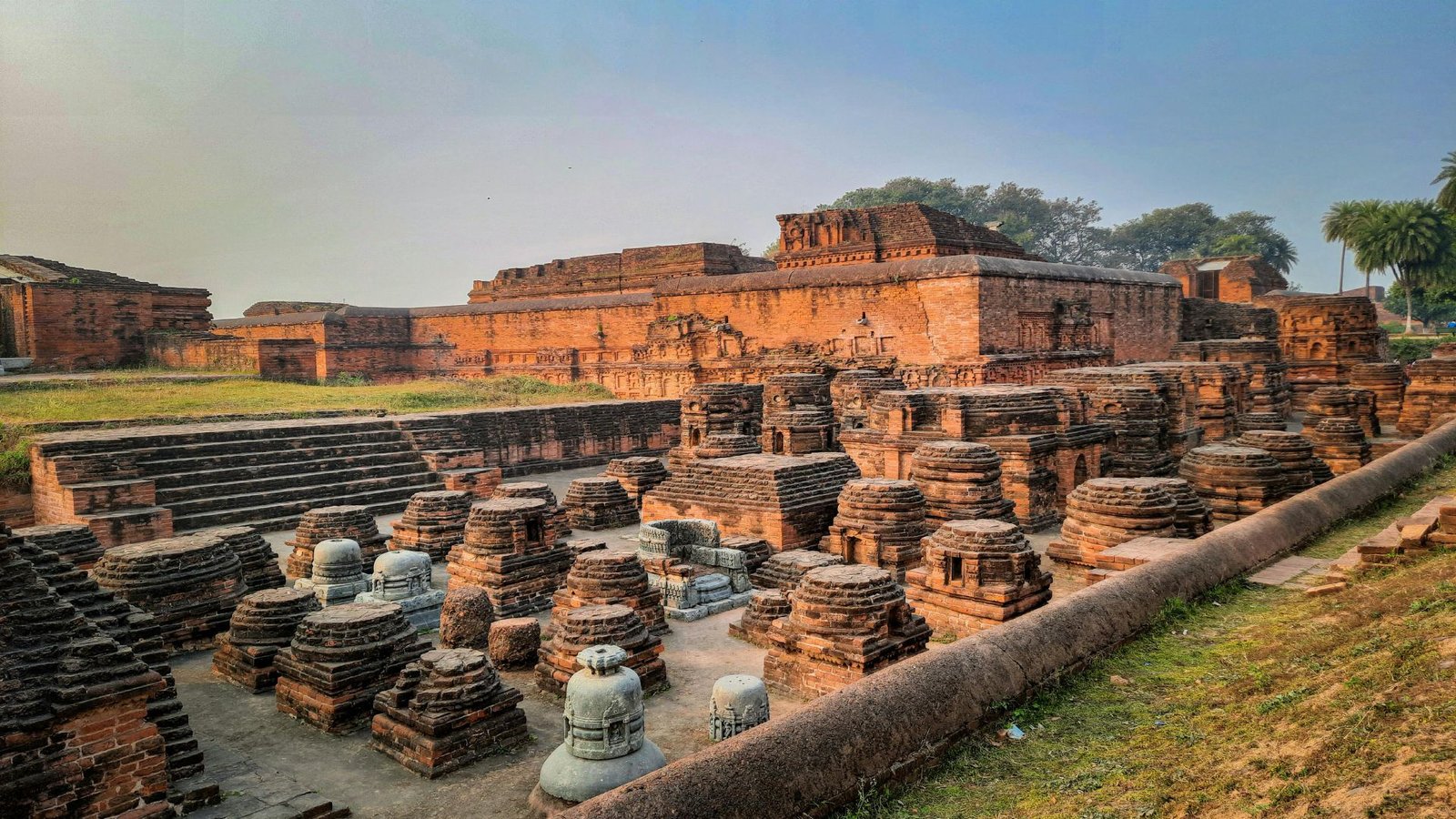
The world is devoted to unique sights that narrate the history of human civilization, imagination, and the beauty of nature. The UNESCO World Heritage Sites are also listed among them, and they are a living witness to the cultural, historical, and environmental diversity of our planet. These places symbolize the common heritage of humanity, starting with ancient cities hewn in stone and continuing to enormous coral reefs swarming with life. No matter whether you are a history lover, a lover of nature, or a high traveler, visiting these classic places will give you a closer relationship to the marvels of our world.
Here are the best UNESCO World Heritage sites
Machu Picchu, Peru
Machu Picchu is one of the best UNESCO World Heritage Sites in the world, hidden in the Andes Mountains. The ruins of the Inca citadel have been enclosed in misty mountains with perfectly moulded stone terraces and temples that depict the remarkable engineering abilities. The spiritual and historical charm still attracts the adventurers who want to reveal the secrets of the Inca civilization.

Great Wall of China, China
The Great Wall of China, which is also known as one of the greatest UNESCO World Heritage sites on earth, extends over 21,000 kilometers. It goes through deserts, mountains, and grasslands, and was constructed over centuries in order to keep ancient China safe against invasions. The overwhelming size and the durability of the wall represent power, solidarity, and the resilience of the Chinese.
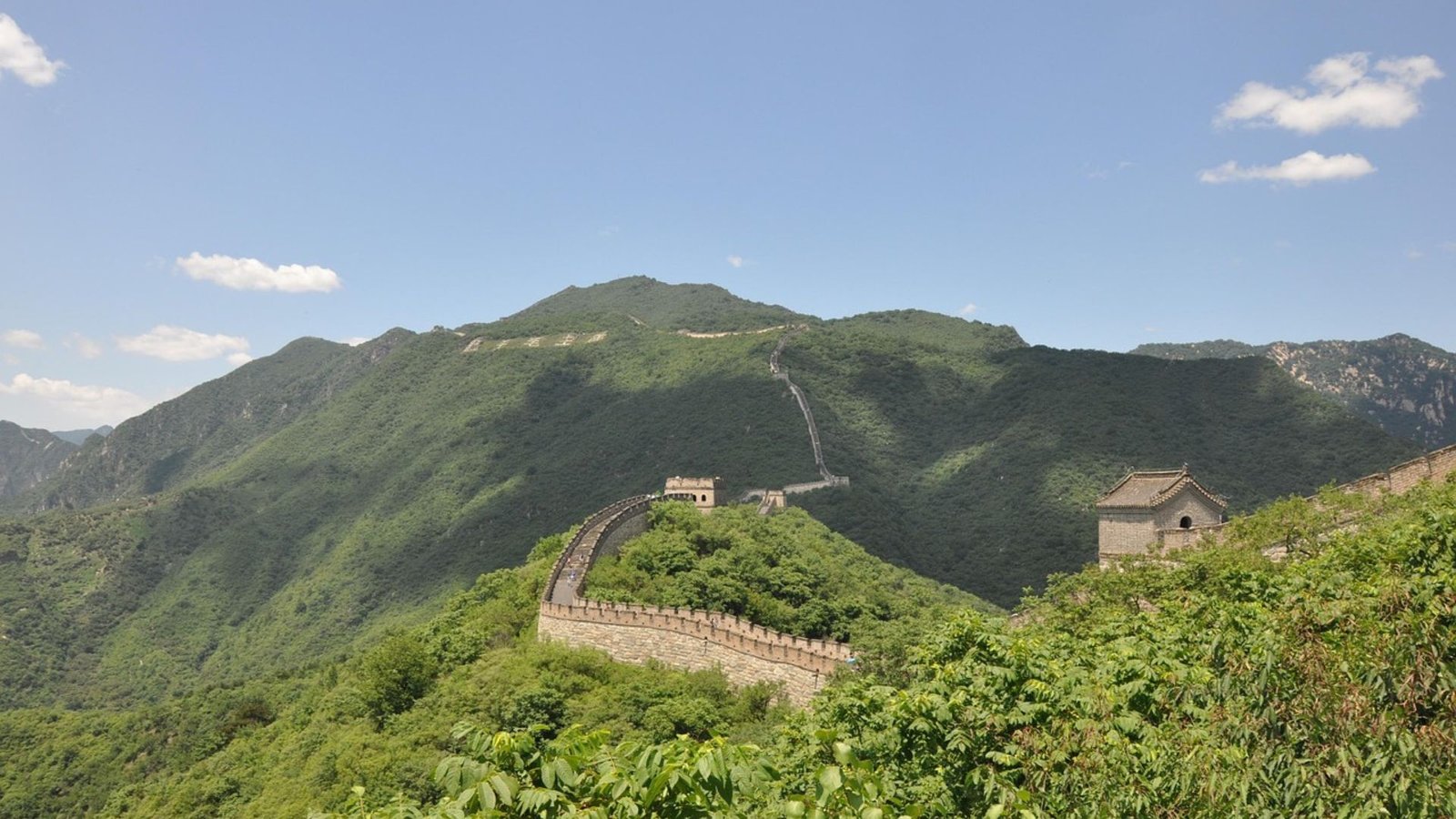
Taj Mahal, India
Taj Mahal is one of the sovereign jewels of the UNESCO World Heritage Sites, and it is a masterpiece of eternal love and artistic perfection. This white marble mausoleum was built by Emperor Shah Jahan in the 17th century, in honor of his beloved wife Mumtaz Mahal, and it is known to be very detailed in carvings and is very symmetrical in beauty. Its marble face shines in heavenly beauty at sunrise and sunset and enchants visitors worldwide.
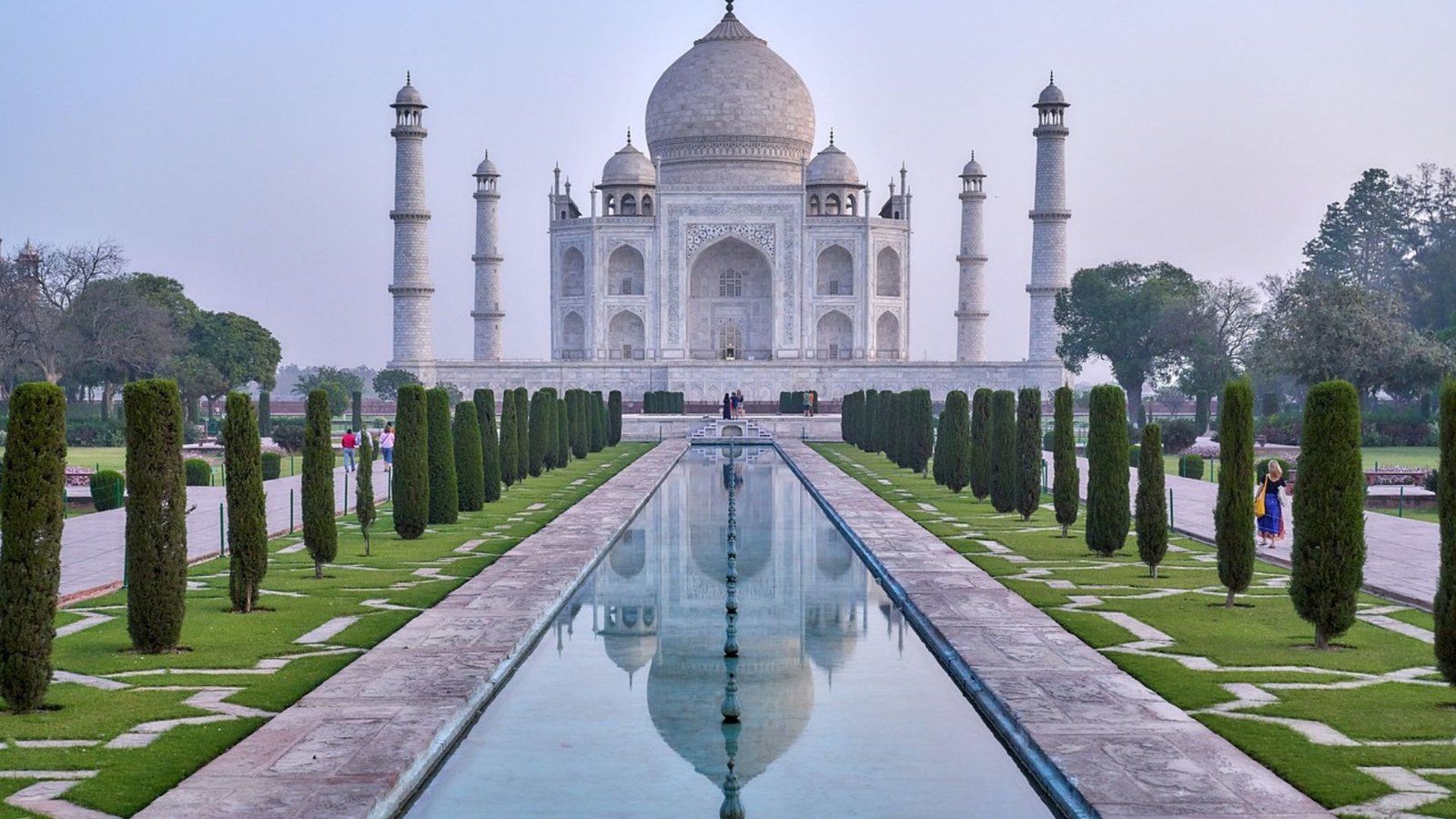
Pyramids of Giza, Egypt
The Pyramids of Giza are more than 4500 years old and a part of the oldest and most impressive UNESCO World Heritage sites. These are the mammoth tombs constructed for the pharaohs of Egypt, and which remain puzzling to historians due to their exact construction and religious value. In conjunction with the Sphinx, they seize the majesty and the invention of the golden age of ancient Egypt.

Petra, Jordan
Petra is a known destination as the Rose City, which is among the most captivating UNESCO World Heritage Sites, organically hewn out of the red sandstone cliff of southern Jordan. It was a prosperous Nabatean city, which now boasts of magnificent temples, tombs, and a well-known Treasury. The symbolic architecture and the desert setting make Petra an unforgettable landmark of ancient art and sturdiness.
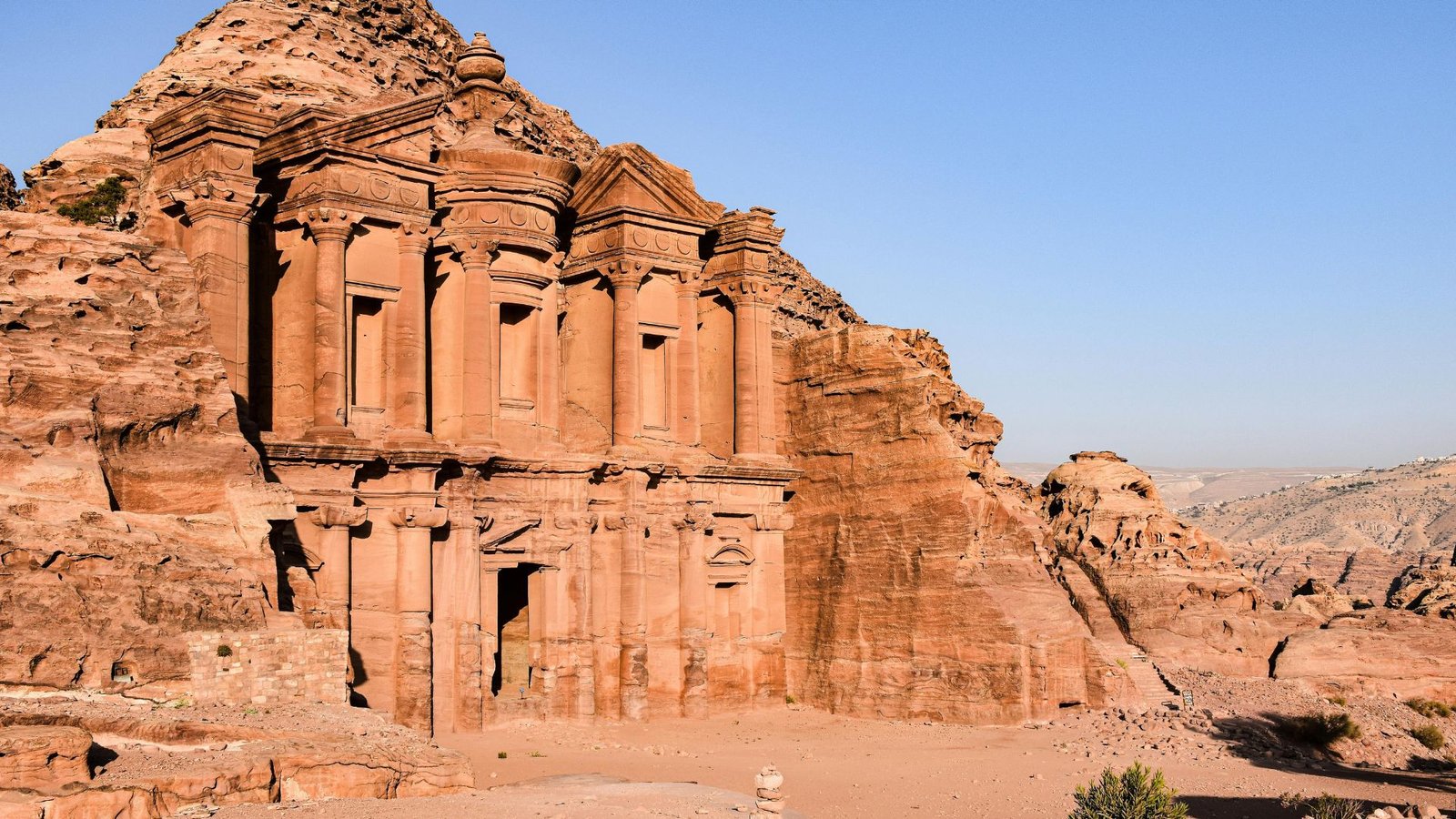
Angkor Wat, Cambodia
Angkor Wat, as the biggest religious monument in the world, is proud to be one of the greatest UNESCO World Heritage Sites. Located in the 12th century, the Khmer Empire constructed a huge complex of temples, moats, and carvings, indicating the artistic and spiritual superiority of the empire. Angkor Wat is a resort surrounded by green forest, and its view of the sunrise is one of the most magical experiences ever to travel on earth.
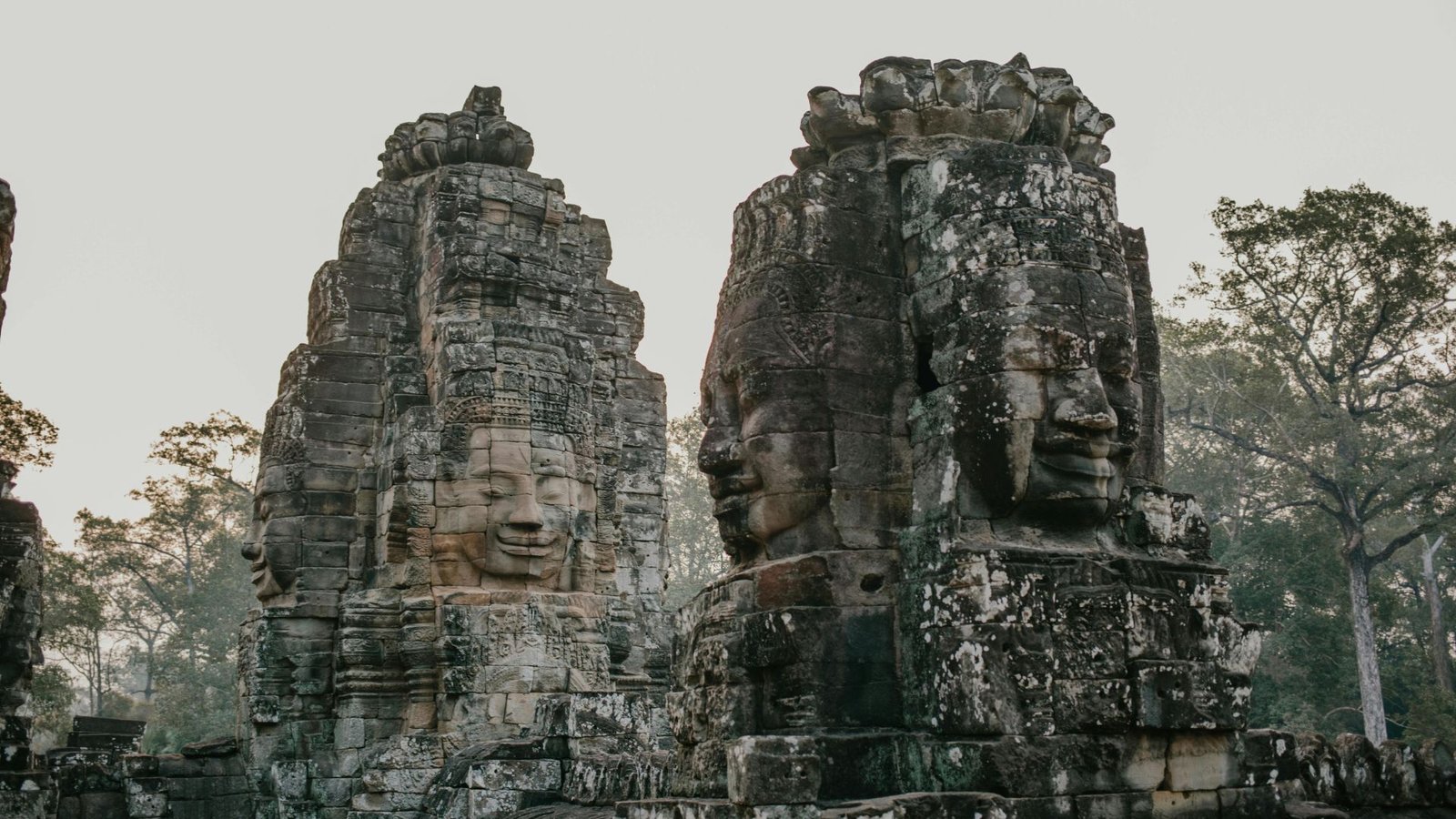
Acropolis of Athens, Greece
The Acropolis of Athens is a brilliant example of UNESCO World Heritage Sites that safeguard the intellectual heritage of humanity, with its location situated high above the city. This ancient citadel, which is dominated by the Parthenon, represents democracy, art, and philosophy. It is an ode to both the ancient and the modern Athens, as it directs the viewer to know that Greece has made a significant contribution to civilization.
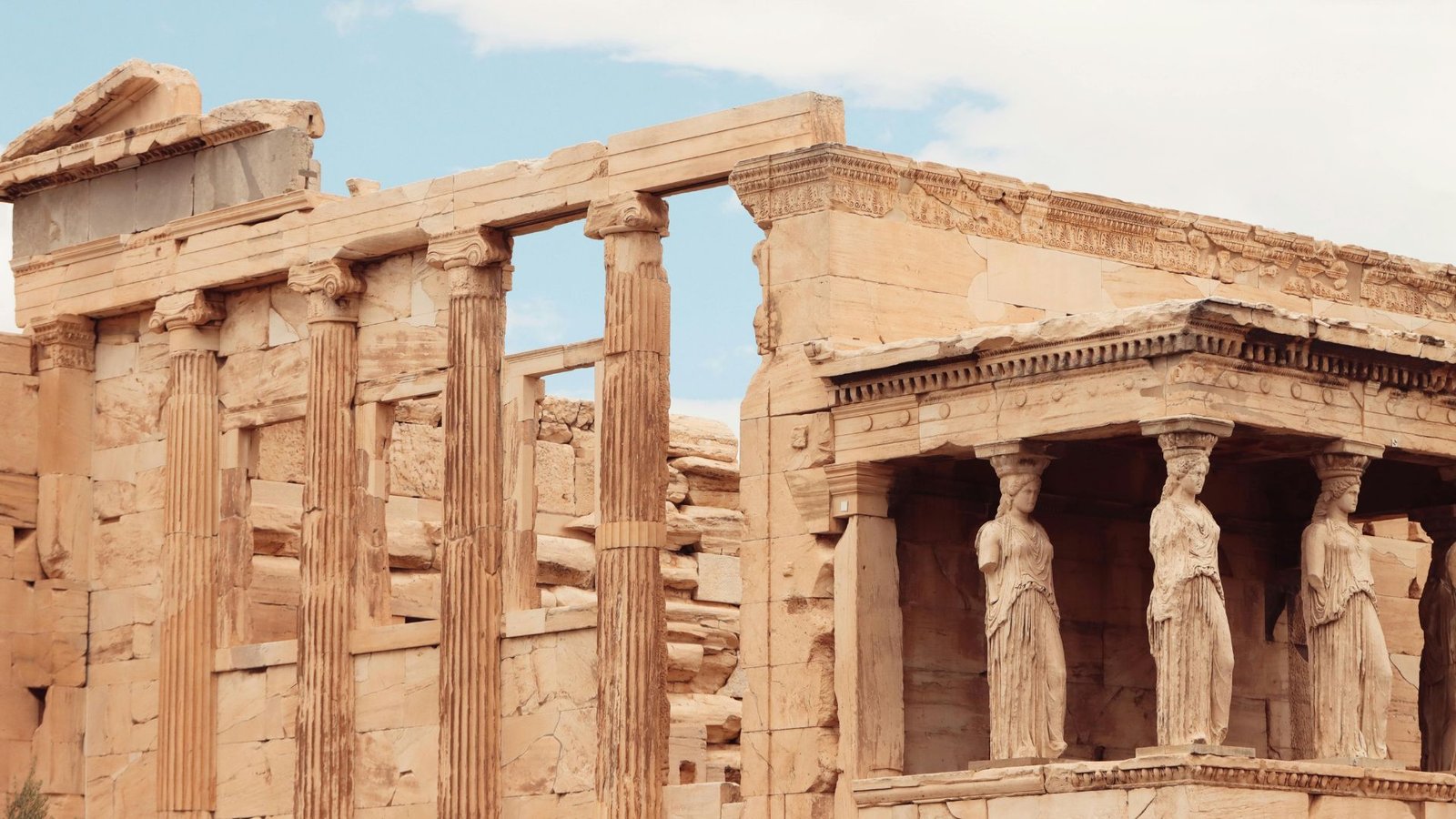
Galápagos Islands, Ecuador
The Galapagos Islands, which have been rated as one of the most unique UNESCO World Heritage sites, provide a rare insight into evolution and biodiversity. It is a distant volcanic archipelago that gave birth to the revolutionary ideas of Charles Darwin, and which is a refuge to endemic species such as giant tortoises and marine iguanas. It has unpolluted scenery and flourishing marine life, making it a heaven for eco-travelers and wildlife.

Stonehenge, United Kingdom
Stonehenge is one of the most enigmatic UNESCO World Heritage Sites in Europe and remains a mystery to both historians and tourists. The massive stones that were used in this prehistoric circle are estimated to be more than 4,000 years old, and people believe that this might have been a ceremonial and astronomical circle. Its accuracy and long-standing mystery are the features that emphasize the level of sophistication and spirituality of ancient cultures.
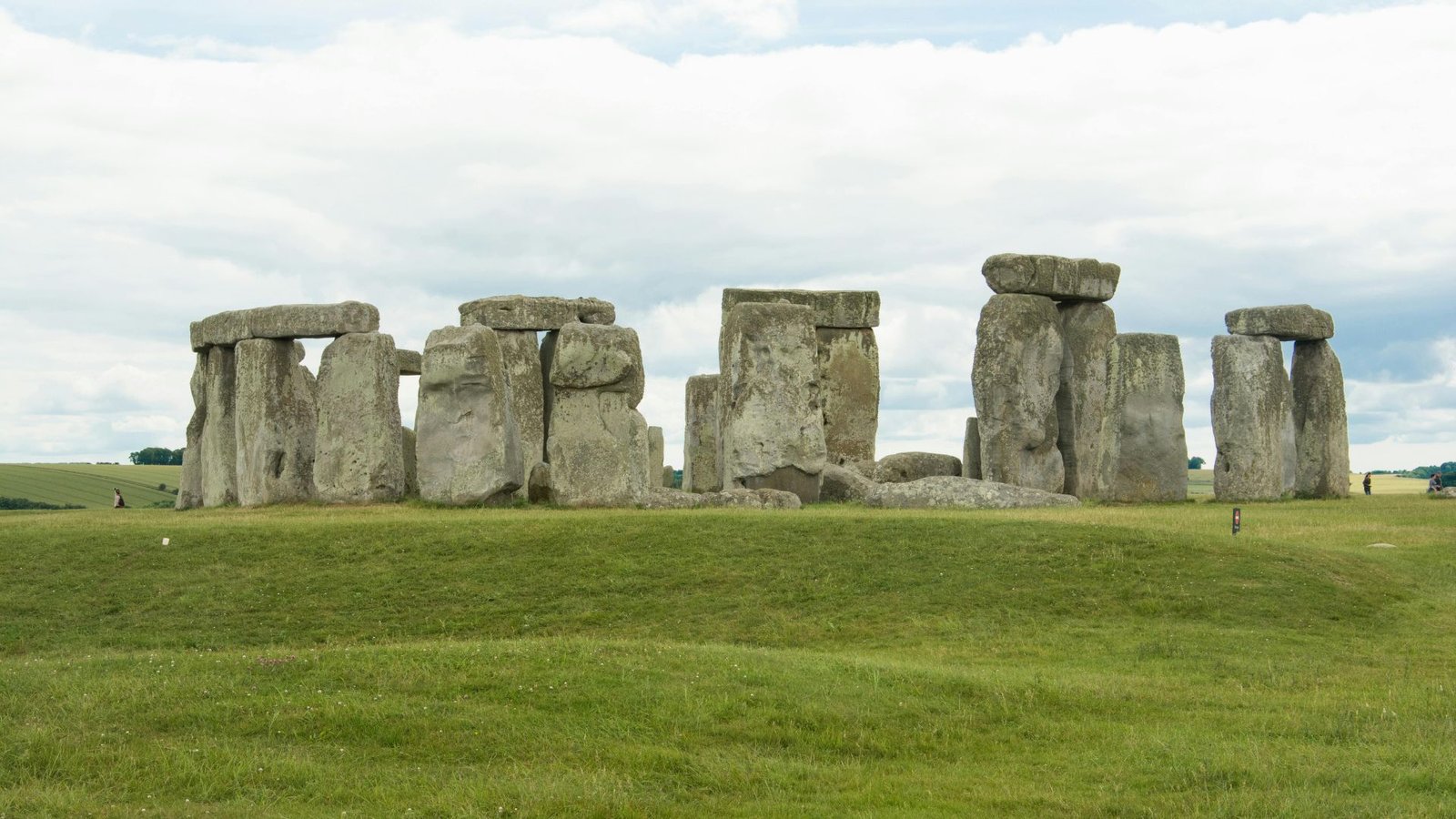
Great Barrier Reef, Australia
The Great Barrier Reef is one of the most scenic natural UNESCO World Heritage sites on Earth. It occupies a length of 2,300 kilometers, making it the largest coral reef system on earth, and it is home to an astonishing number of marine life. This stunning sea heaven leaves us with a reminder of how dangerous the harmony of nature is and the role of conserving the oceans.
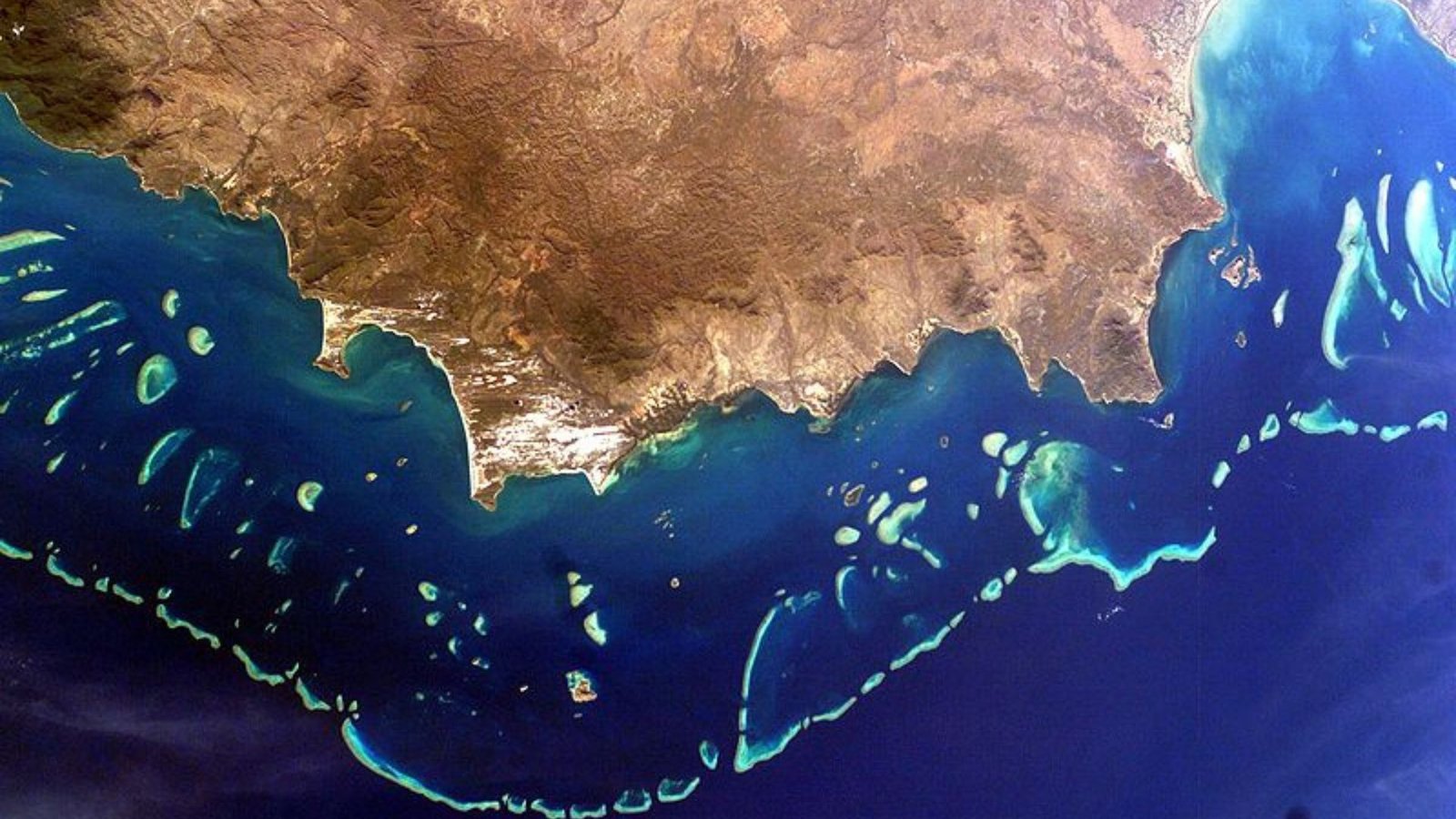
Conclusion
UNESCO World Heritage Sites are the architectural marvels of Egypt and India that are as beautiful as our planet and its history. They act as a pillar between cultures, generations, and surroundings, and remind us of the importance of preserving. These great places are not only an exemplary travel experience; it is a memorable trip in time, in the history of mankind, and a masterpiece of nature, which will never end.
Also Read

